Tales from Siberia
We took a long walk/bike ride through some of the private housing sectors not far from our place this morning. I have been wanting to do this so I can get pictures to share with you. It is much, much different than any housing developments I have seen before. There doesn’t appear to be any building codes or zoning laws; I would say the majority of the homes are of about the same build quality as the chicken coop I built from recycled materials a few years back, although scaled up to accommodate 50 chooks instead of 5 (500-700 square feet, on average). The “chicken coop homes,” as I fondly call them, look like they were built piecemeal, with no real blueprint, rather, valuable bits of windows, walls and roof were added over the years as they were scavenged from who knows where. Some houses are traditional Russian
matt.meg.larson
58 chapters
Housing in the City
Megan - Novosibirsk, Russia
We took a long walk/bike ride through some of the private housing sectors not far from our place this morning. I have been wanting to do this so I can get pictures to share with you. It is much, much different than any housing developments I have seen before. There doesn’t appear to be any building codes or zoning laws; I would say the majority of the homes are of about the same build quality as the chicken coop I built from recycled materials a few years back, although scaled up to accommodate 50 chooks instead of 5 (500-700 square feet, on average). The “chicken coop homes,” as I fondly call them, look like they were built piecemeal, with no real blueprint, rather, valuable bits of windows, walls and roof were added over the years as they were scavenged from who knows where. Some houses are traditional Russian
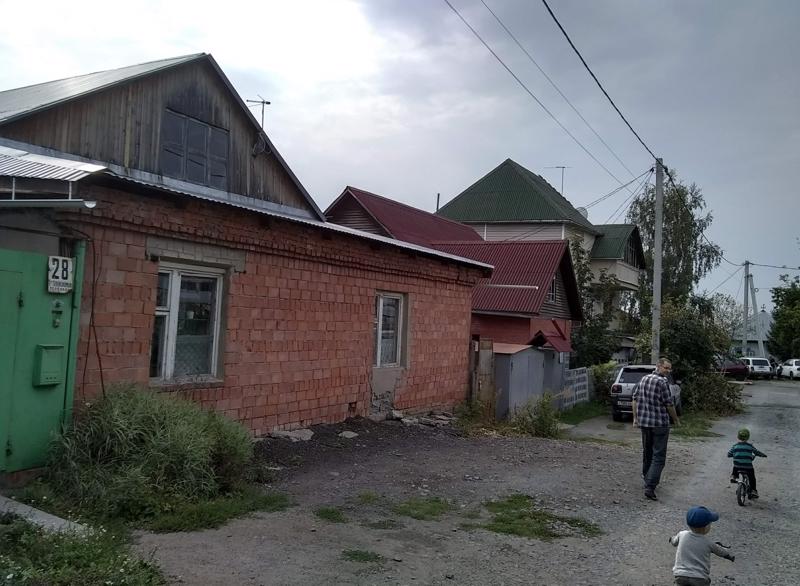
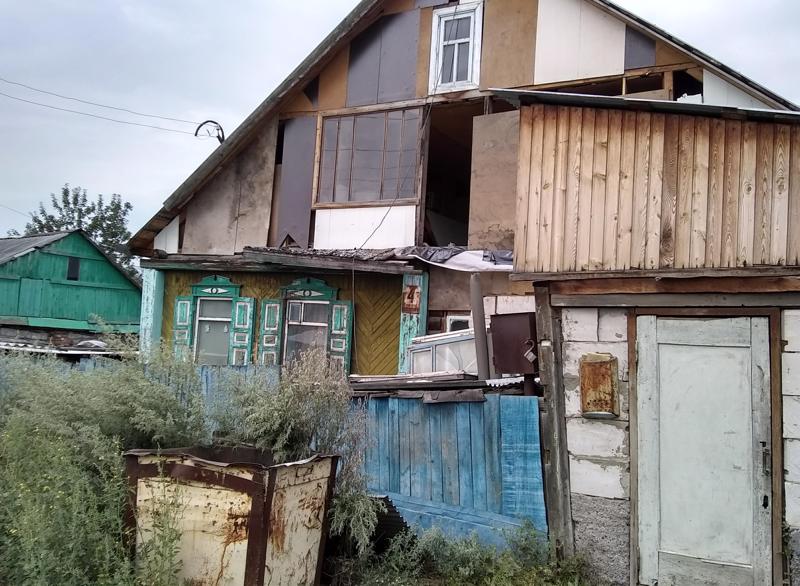
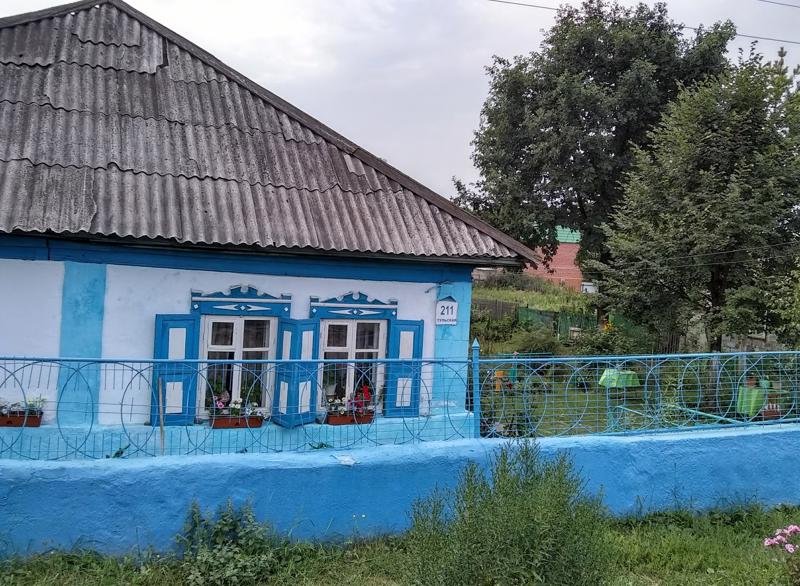
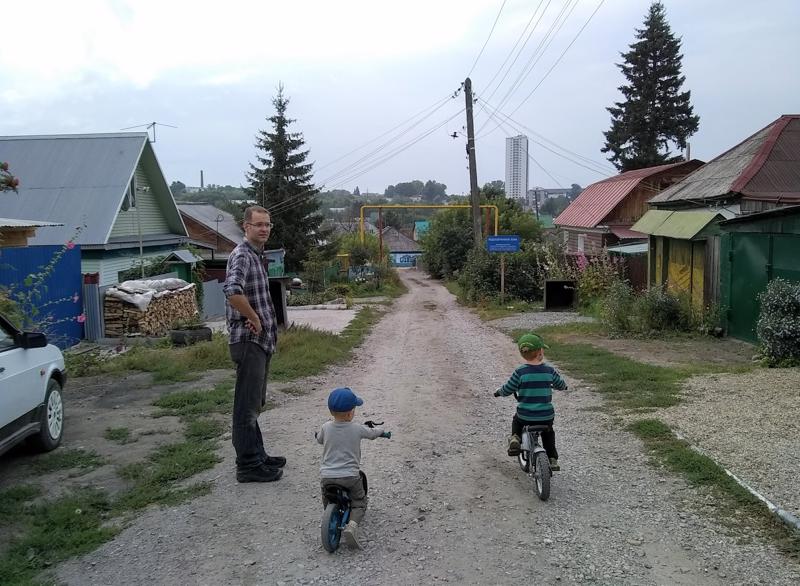

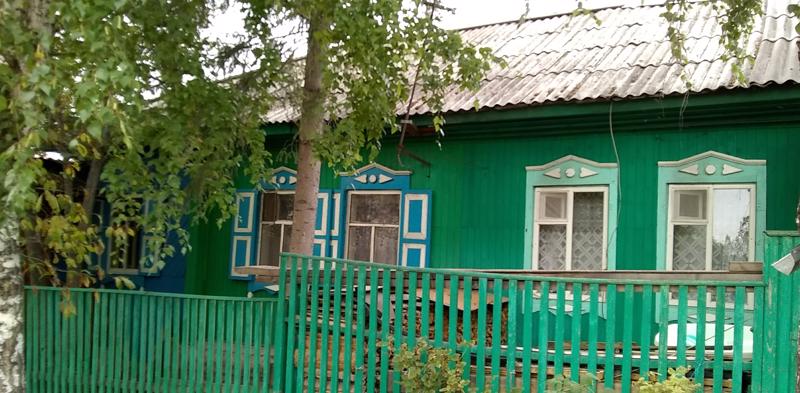
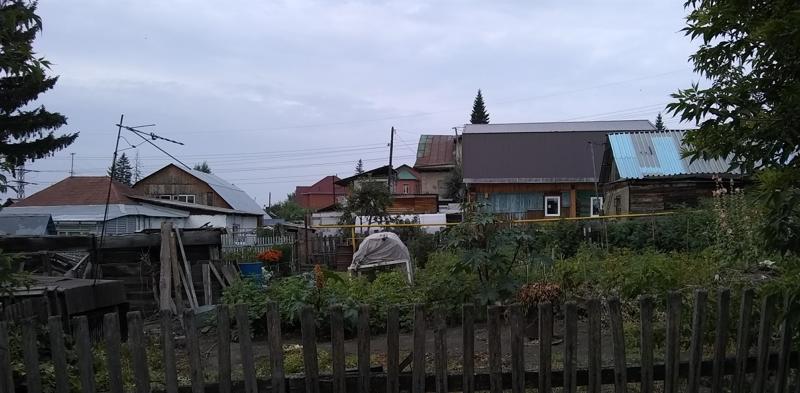
wooden homes, painted green with blue wooden shutters – they look like they were built for miniature people with what I estimate to be five-foot-high doorways and six-foot-high roofs. Some have been meticulously maintained over the decades and others are rotting into the soil and overgrowth surrounding them. Most homes have a thousand or two square feet of fenced in backyard littered with hoop houses, gardens, berry bushes, fruit trees and weedy overgrowth. Most front yards are either non-existent or landscaped on a budget with old tires. There are very few homes that are larger (1500 square foot), two-story, and more like what would see in the States; these homes are not clumped together but are surrounded by the other homes I have described. Yellow pipes suspended about 15 feet above the ground carry natural gas to the houses.
I don’t really know how many homes have running water and/or proper sewer systems. We have looked online at a few properties for rent and some have outhouses, others note how far they are from a drinking water post, and others look to have normal bathrooms and kitchens. It is all very interesting. Barking dogs are another popular feature of many properties.
Private housing accounts for a tiny slice of the housing, with most (more than 95%?) of the city population living in apartment buildings. Many people own their individual unit within a building, which I can imagine turns into a nightmare when a building has exceeded its useful life. Between 1920 and 1940
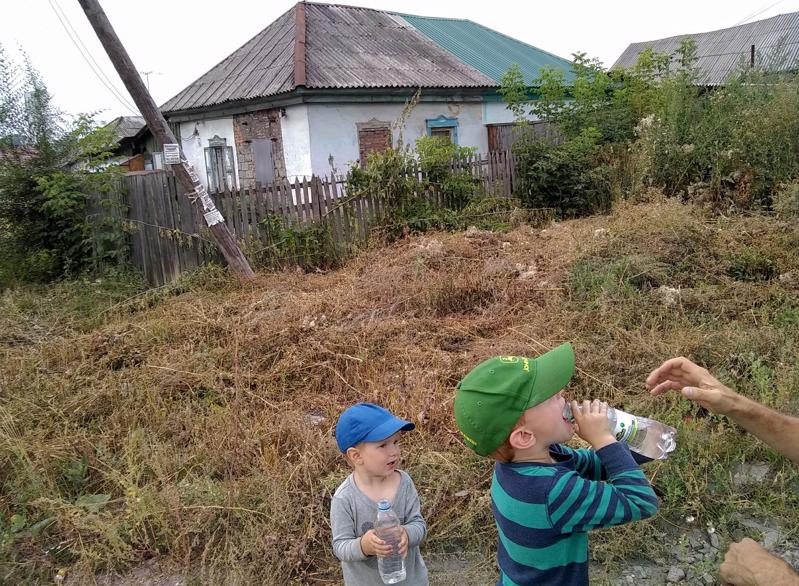
“barracks” were the most common mass housing solution. They are two-story wooden buildings (they look like they were constructed using railroad ties) that are typically 5000 square feet (50 by 100) and originally housed 30 to 36 people on each floor, in a communal housing arrangement. There are still pockets of barracks throughout our city, that have presumably been remodeled into individual apartments? Many of the barracks have been torn down and are being replaced by large, modern, high-rise apartment buildings. I really wonder how the financial arrangements work for the individuals that owned a unit in a dilapidated barrack. It seems like they wouldn’t be able to afford the upgrade into a brand-new building; I wonder if there is a government system of funding in place to assist this process?
The next significant era of new construction was between 1955 and 1960 when “Krushovki” were built. These are either 5 or 9 story buildings of pre-fab concrete slab construction. Individual units range from one-room efficiencies (300-400 square feet) and two-room (one-bedroom) units that are 500-600 square feet. The five story buildings have 80 apartments in them and don’t have elevators, but I think the nine story ones do. These Krushovki are still very common throughout our city, accounting for at least
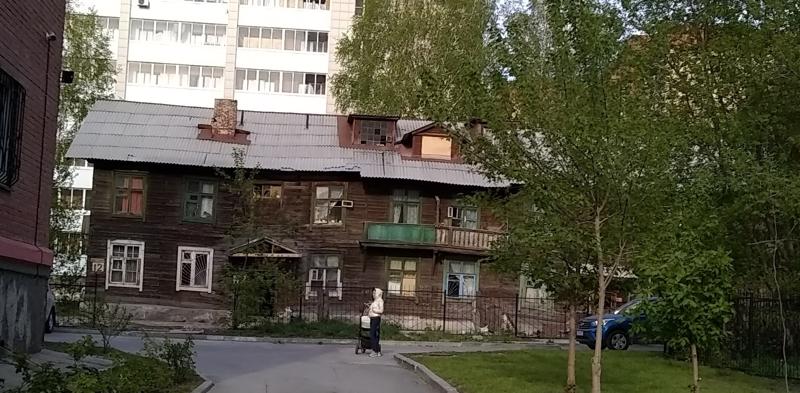
50% of the housing. We’ve been inside a few of these, and wow, it is interesting! Three or four-person families live in the space of 500 square feet. One room is the sleeping room, the other has a futon or divan, a small dining table and an office desk. Clutter is the name of the game. Floor to ceiling shelves are on nearly every wall, crammed with toys, trinkets, and children’s schoolwork. There is a tiny galley kitchen, toilet closet, and separate bathtub room.
Finally, there are modern high-rise buildings going up everywhere. Nadya and Aleksei live in what is called a "sleeping district," consisting of high-density, high-rise apartment buildings and the occasional school, grocery and convenience store. Sleeping districts are typically on the outskirts of the city, but only 30-45 minutes from the city center on public transportation. Their particular little sector of just a few square kilometers area has 45 (and

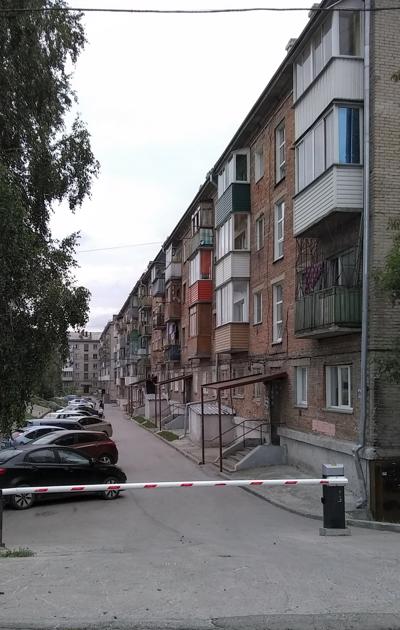
increasing) identical 160-unit, 10 story buildings. Units in these buildings are larger and more affordable than where we live near the major transportation hubs. Even so, apartments with three rooms or greater than 1,000 square feet are extremely uncommon. It does seem there is a really expensive, ritzy area in the city center. Matt said rent there can be astronomical, but some large, three-bedroom apartments can be had. For reference, our apartment is significantly larger than average (1,000 square feet) and we pay for it -- $600 per month including utilities!
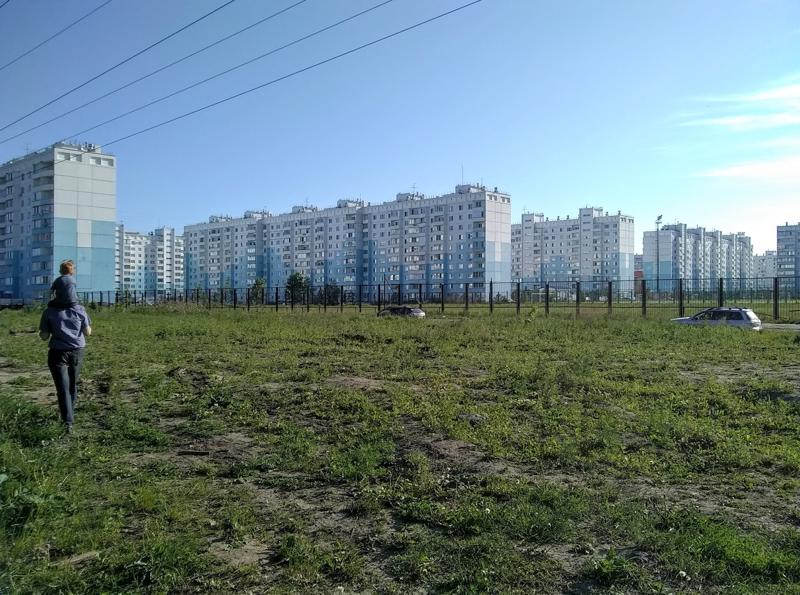
1.
Let's Call this a Midlife Crisis
2.
Logistics; the To Do List Grows
3.
Everything Hinges on This
4.
The Future Looks Bright?
5.
Suddenly, I'm Terrified
6.
Interline Agreements, Code Share, and what it all means for you
7.
Progress Report, and an Ode to Duluth
8.
We'll Laugh About this Later
9.
We're Alive!
10.
A Day in the Life
11.
Whatever You Do, Don't Sit Down!
12.
Remember How I Said I Was Afraid the Kids Would Drive Me Nuts?
13.
The Quest for Popcorn Seeds
14.
Stay As Long As You Can
15.
Silence Your Child!
16.
Mmmm. Fish-Flavored Chicken
17.
A Little Slice of North Shore
18.
More Screaming
19.
Our Four Walls
20.
Mom! I Found a Hole For Your Pee!
21.
Coca-Cola Soaked Goodbyes
22.
Snow, And More Snow!
23.
Thanksgiving
24.
We Went to the Zoo
25.
My Parents are Coming! Whoop Whoop!
26.
Dad Here - Guest Post
27.
Proud Mom Moment
28.
More Adventures with Mom and Dad
29.
Village Life
30.
First Visa Renewal Trip
31.
It's Still Winter Here
32.
Cabin Fever is Real
33.
"Hello? I'd Like to Speak With HR"
34.
The Sun is Shining!
35.
Six Months In and Still Loving It (mostly)
36.
Finn Goes to School!
37.
$6.64
38.
More Dabbling in the Healthcare System
39.
Honey, I Poisoned the Kids
40.
Time for a Pity Party...
41.
1000 Hours Outside
42.
"...Wake Me Up at About Half Past May."
43.
How Fresh and Green
44.
The Chaos Continues
45.
Can We Catch a Break Already?
46.
Feeling Isolated
47.
Summer!
48.
Vacation!
49.
Beware of the draft…
50.
Housing in the City
51.
Where Has the Time Gone?!
52.
Registration Woes
53.
Village of Peace/World
54.
Indian Summer
55.
Autumn Leaves
56.
Defeat
57.
Spinning Heads and Heavy Hearts
58.
Life is Weird